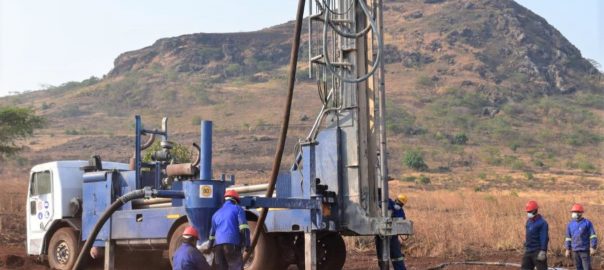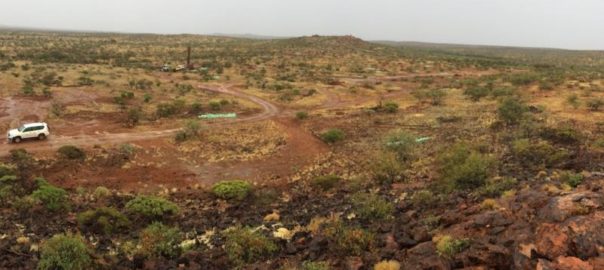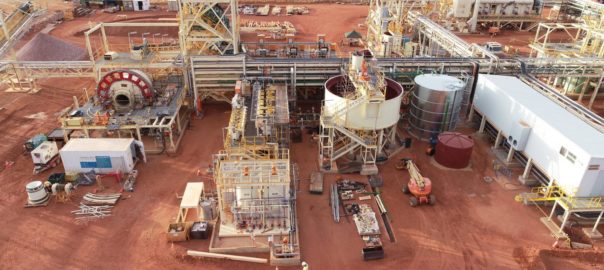Following the recent mineral resource upgrade at the Longonjo NdPr project in Angola, Pensana Metals says it has appointed international engineering company Wood Group to execute a prefeasibility study (PFS) for expedited development of the asset.
The study will focus on the delivery of a low capital cost open-pit mining operation and exporting flotation concentrates to customers in China, via the recently upgraded Benguela rail line and the Atlantic deep‐water port of Lobito, Pensana said.
Discussions with potential financiers have commenced and it is expected that a financing package will be finalised to coincide with the completion of the PFS (scheduled for September 2019), according to the company.
Pensana said the company was of the view that, given the work that has been completed to date and the relative simplicity of the operation, it should be possible, after the PFS publication, to move immediately to a front-end engineering design contract and, then, secure an engineering procurement construction and management agreement.
Pensana Metals Chief Operating Officer, Dave Hammond, said: “The development concept is very straight forward. We are looking at a low capital cost, shallow open-pit and flotation operation producing a high-grade concentrate for export to China via the adjacent major rail and port infrastructure.
“Last month’s substantially increased mineral resource estimate has enabled us to bring forward the PFS.” This saw the company declare an inferred resource of 240 Mt at 1.60% rare earth oxides (REO), including 0.35% NdPr for 3.85 Mt of REO including 840,000 t of NdPr.
Wood Group previously undertook the scoping study for Longonjo and has an experienced rare earth mining and development team, according to Pensana.
Studies that will be part of the PFS include additional drilling, optimisation of the flotation process and comminution testwork, mining optimisation studies, a revised mineral resource estimate and detailed cost studies based on engineering design work.









